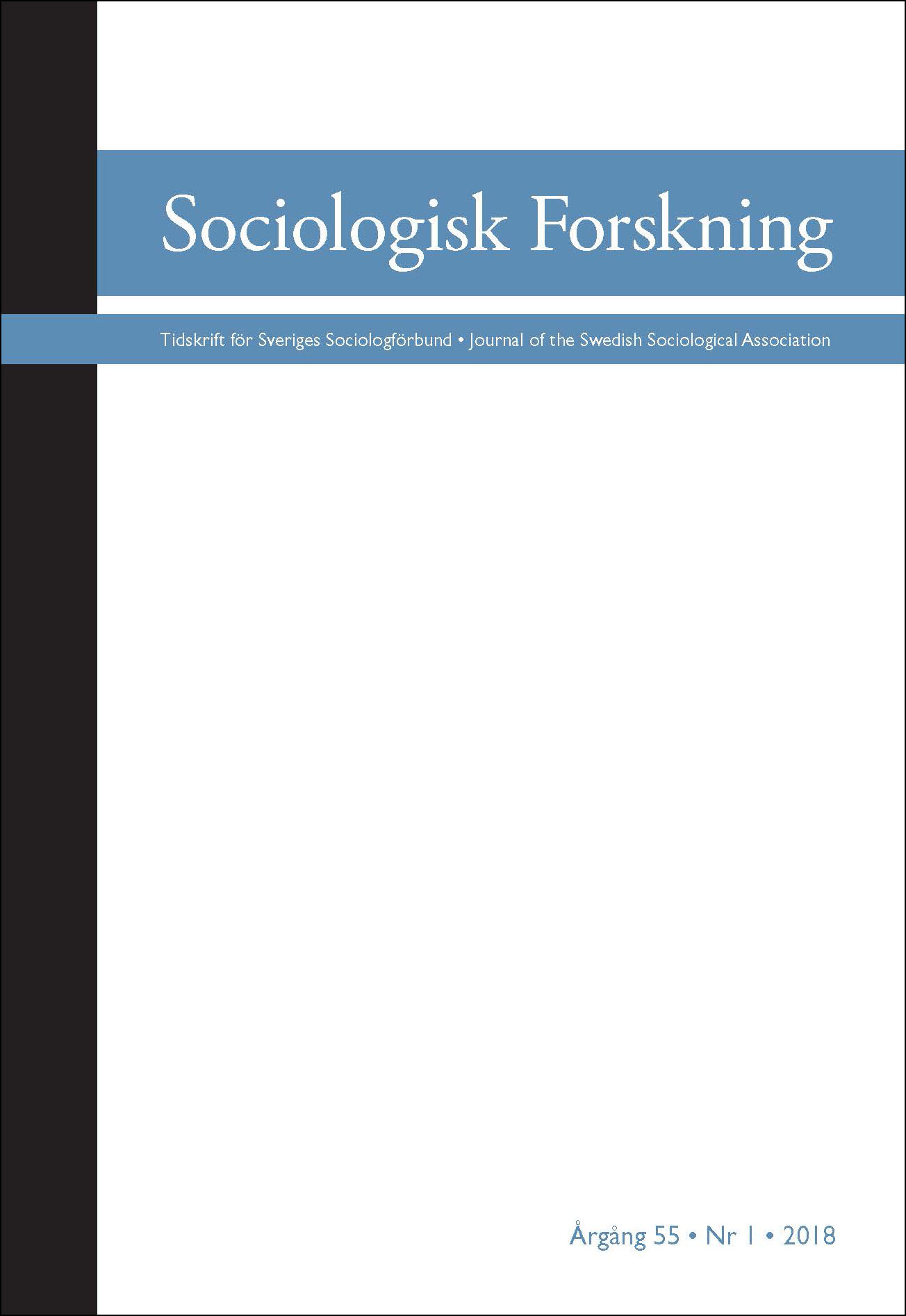Valet av utbildning på gymnasiemarknaden i socialt tillbakasatta områden
DOI:
https://doi.org/10.37062/sf.55.18178Nyckelord:
school choice, segregation, school market, geometric data analysis, social spaceAbstract
School Choice in Ethnically and Socioeconomically Heterogeneous Residential Areas
This article explores how young peoples´ strategies when choosing upper secondary education are marked by the segregation and marketization of education. Research is limited to five municipalities in southern Stockholm that are characterized by ethnically and socioeconomically heterogeneous residential areas. It is argued that the school choice of all pupils at upper secondary level in this region constitutes a socio-geographical space in which the school market is embedded and operates. This space is explored by means of specific multiple correspondence analyses (specific MCA). Using individual census data on all students in the designated municipalities from 2008, the differences between 4 421 pupils are investigated as regards their parents’ education, income, occupation, services, and national origin, as well as the pupils’ academic merits from comprehensive school. The analysis reveals that, despite a ‘free’ school choice and substantial geographical mobility, pupils’ choices are heavily restricted by local social and demographic conditions, not the least those connected to their acquired and inherited assets.
Downloads
Publicerad
Referera så här
Nummer
Sektion
Licens
Allt material i Sociologisk Forskning publiceras med omedelbar öppen tillgång (open access), under Creative Commons-licensen CC BY-NC-ND 4.0.
Allt innehåll i tidskriften är fritt tillgängligt utan kostnad och får för icke-kommersiella syften fritt läsas, laddas ned, kopieras, delas, skrivas ut och länkas. Innehållet får dock inte ändras. När innehållet används måste författare och källa anges. Upphovsrätten till innehållet tillhör respektive författare. Inga publiceringsavgifter tas ut.





